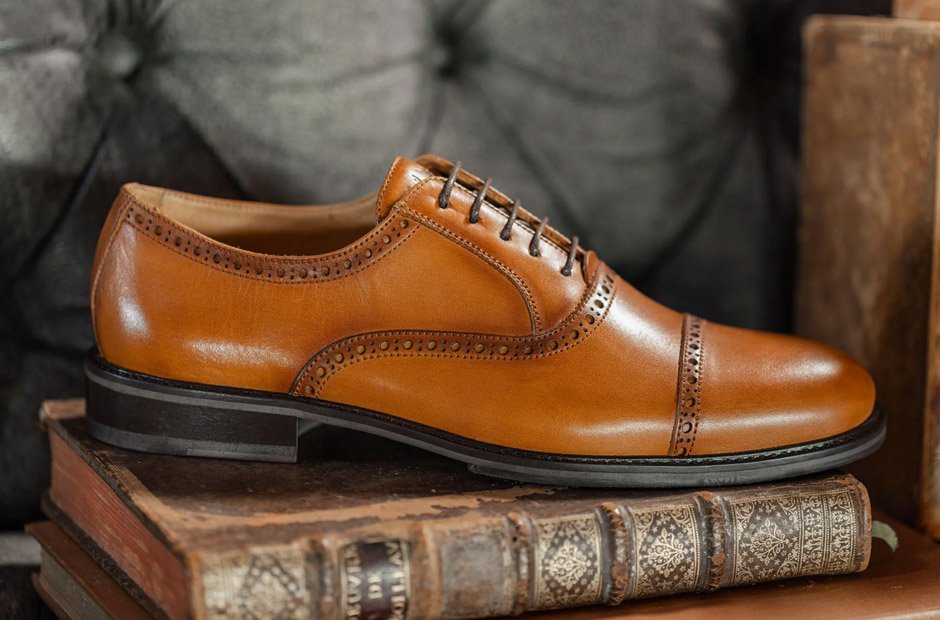Fashion trends may change every season, but men’s shoes remain a quiet symbol of style, craftsmanship, and identity. From sleek oxfords and loafers to rugged boots and minimal sneakers, a man’s footwear speaks volumes about his lifestyle. Behind every pair lies not only design and comfort but also an entire ecosystem of artisans, factories, and evolving consumer values that define modern men’s fashion.
The Role of Shoes in Men’s Fashion
Shoes have always held a deeper significance in men’s wardrobes. Unlike other accessories, footwear bridges functionality and expression — it protects, supports, and at the same time, reflects personality. In today’s world, men view shoes not just as an outfit complement but as an investment in confidence and appearance.
A well-chosen pair can elevate even a simple outfit, signaling attention to detail and self-respect. That’s why, in the fashion landscape, men’s footwear has evolved from a purely practical item to a central fashion statement.
Craftsmanship: Where It All Begins
True elegance in men’s shoes starts long before they reach the store shelves — it begins in the men’s shoe factory. These factories are more than production units; they are workshops of precision and artistry. Each stage — from leather selection to hand-stitching and final polishing — represents decades of refinement in traditional shoemaking.
Modern factories blend heritage craftsmanship with technology. Computer-aided design ensures perfect fit and balance, while skilled artisans maintain the soul of handmade shoes. The result is footwear that not only looks good but performs well over time. In premium factories, materials are sourced ethically, and every component — from sole to lining — is chosen for both comfort and durability.
Understanding Shoe Construction
For men passionate about fashion and quality, it helps to know what goes into the making of a good pair of shoes. Here are a few key elements that distinguish well-crafted footwear:
- Material Selection: High-quality leather remains the most desired material due to its breathability and ability to age beautifully. However, modern innovation has introduced vegan leather and sustainable fabrics that appeal to eco-conscious consumers.
- Sole Design: The sole determines comfort, grip, and longevity. Goodyear welted soles, for example, allow for easy repair and extended use, making them a favorite among traditional shoemakers.
- Lasting Process: The “last” — a mold around which the shoe is shaped — defines the final fit. A precise last ensures both comfort and style, balancing form and functionality.
- Finishing Touches: Polishing, coloring, and detailing complete the process. These finishing techniques give each pair its unique character and sheen.
The Rise of Private Label Manufacturing
In the evolving footwear industry, the concept of private label dress shoes has gained remarkable traction. This approach allows fashion brands, retailers, and even online startups to sell high-quality shoes under their own label without owning a manufacturing unit.
Private label production offers flexibility and efficiency — designers can focus on branding and marketing while the manufacturing partner ensures consistent quality and craftsmanship. The arrangement is mutually beneficial: factories maintain steady production, and brands gain access to expert-level manufacturing without the massive overhead of running their own facility.
For consumers, this trend often translates into more choices, better prices, and diverse designs that suit different lifestyles — from business professionals seeking classic formalwear to creative individuals preferring modern hybrid styles.
Sustainability and the Future of Men’s Footwear
Today’s consumers care about more than just appearance. The growing awareness around sustainability has reshaped how shoes are designed, produced, and consumed.
Many factories now integrate eco-friendly materials such as recycled rubber soles, vegetable-tanned leathers, and water-based adhesives. Energy-efficient processes are also being adopted to reduce waste and carbon footprint. These initiatives not only meet environmental standards but also align with the modern man’s desire for responsible fashion choices.
Some factories even offer repair and resole services, encouraging longevity over fast fashion. This shift from disposability to durability reflects a broader lifestyle change — valuing craftsmanship and sustainability over mass production.
Balancing Style and Comfort
While design innovation continues to flourish, comfort remains non-negotiable. Brands and factories alike invest heavily in ergonomic research to enhance fit, cushioning, and flexibility. Memory foam insoles, lightweight soles, and moisture-wicking linings are now standard features in quality men’s footwear.
From a style perspective, the modern man prefers versatility. Dress shoes are no longer reserved only for formal occasions — they now pair effortlessly with smart-casual and even semi-formal looks. Brogues, monk straps, and loafers have become the go-to options for men who appreciate understated sophistication.
Accessories: Completing the Look
Shoes may be the centerpiece of a man’s attire, but accessories provide the finishing polish. Coordinated belts, socks, and watch straps create harmony in the overall outfit. Even subtle choices — such as matching leather textures or complementing tones — can make an outfit appear more cohesive.
For instance:
- A pair of chestnut leather dress shoes pairs beautifully with a similar-tone belt and a brown leather-strap watch.
- For casual days, suede loafers with patterned socks can add a playful yet tasteful touch.
In short, accessories are not merely add-ons; they are tools of expression that enhance the visual rhythm of men’s fashion.
The Global Landscape of Shoe Manufacturing
The men’s shoe industry today is a blend of tradition and global collaboration. European manufacturers remain synonymous with luxury craftsmanship, while Asian and Middle Eastern factories have mastered efficiency, innovation, and scalability.
A men’s shoe factory operating today might source leather from Italy, use machinery from Germany, and employ artisans trained in classic British techniques — all to produce footwear that meets the expectations of a global audience. This interconnected supply chain reflects how fashion has evolved into a shared craft, uniting design, culture, and technology.
The Modern Man’s Footwear Philosophy
Ultimately, shoes are more than a fashion choice — they’re part of a lifestyle philosophy. A well-made pair reflects discipline, care, and taste. In a fast-moving world, investing in timeless pieces rather than fleeting trends shows confidence and maturity.
The modern gentleman doesn’t just follow fashion; he curates it. He understands that quality footwear anchors his presence — whether in a boardroom, at a formal dinner, or during a casual weekend outing.
Final Thoughts
The story of men’s footwear is one of craftsmanship, evolution, and identity. From traditional factories perfecting age-old techniques to innovative brands embracing sustainability, the journey of a single pair of shoes mirrors the broader shifts in fashion and lifestyle.
As style continues to evolve, one thing remains constant — the enduring value of quality, comfort, and authenticity. Whether it’s the heritage of a men’s shoe factory or the modern innovation behind private label dress shoes, men’s footwear will always stand at the intersection of artistry and everyday life.



